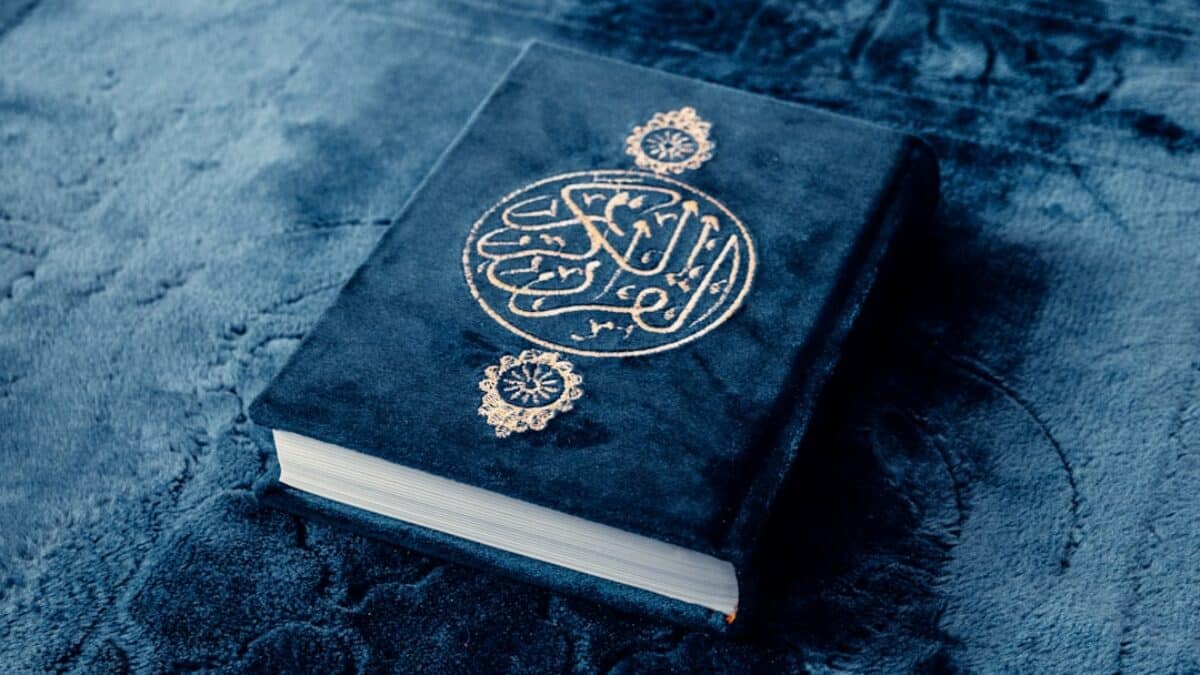The life of Prophet Muhammad ﷺ stands as the single most documented and influential biography in human history. More than 1,400 years after his passing, over 1.8 billion Muslims continue to draw daily guidance from his example, making an informed understanding of his life, teachings, and legacy essential for anyone seeking insight into Islam and global affairs. This ultimate guide distills centuries of scholarship into a practical roadmap that equips readers—whether students, professionals, or curious neighbors—to engage respectfully and knowledgeably with the Prophet’s story and its contemporary relevance.
Understanding the Historical Context of Prophet Muhammad’s Life
To appreciate the magnitude of the Prophet’s mission, one must first grasp the socio-political vacuum of sixth-century Arabia. The Arabian Peninsula was fragmented into warring tribes whose economy depended on caravan trade and whose spiritual landscape was dotted with over 360 idols housed in the Ka‘bah. Literacy rates were below 5 %, female infanticide was common, and vendetta cycles could last for generations.
Into this milieu was born Muhammad ibn Abdullah in the Year of the Elephant (c. 570 CE). The following table summarizes the pivotal epochs of his life against the backdrop of world events:
| Period | Age Range | Key Events | Corresponding World Events |
|---|---|---|---|
| Early Life | 0-25 | Orphaned, becomes a merchant, marries Khadijah | Sasanian and Byzantine empires war over Yemen |
| Revelation & Persecution | 40-52 | Receives first revelation; Muslims migrate to Abyssinia | Emperor Maurice is overthrown by Phocas |
| Medinan State | 52-63 | Hijrah; Constitution of Medina; Farewell Pilgrimage | Heraclius defeats Persia; Tang China rises |
Arabia Before Islam: Jahiliyyah Defined
The Qur’an uses the term Jahiliyyah (“age of ignorance”) to characterize pre-Islamic Arabia. Key features included:
- Tribalism: Loyalty to kin trumped universal ethics.
- Economic exploitation: Usury rates reached 100 % annually.
- Human rights abuses: Slaves, women, and the poor had minimal protection.
By age 40, Muhammad ﷺ had earned the honorific Al-Amin (“The Trustworthy”), positioning him as a natural mediator among feuding clans.
Key Components of Prophet Muhammad’s Life and Character
Spiritual Development and the First Revelation
Each year, Muhammad ﷺ retreated to Cave Hira outside Makkah for contemplation. In 610 CE, the Angel Gabriel commanded: “Iqra!” (“Read!”). The encounter left him trembling, wrapped in his cloak, until reassured by Khadijah and her cousin Waraqah ibn Nawfal, a Christian scholar who confirmed the experience paralleled Biblical prophethood.
Stages of Qur’anic Revelation
- Secret Call (610-613 CE): Focus on individual accountability before God.
- Public Call (613-619 CE): Social justice and rejection of idolatry.
- Migration & State-Building (622-632 CE): Community laws and interfaith relations.
Ethical Teachings and Sunnah
The Prophet’s Sunnah (normative practice) comprises:
- Hadith: Verbal teachings—e.g., “None of you believes until he loves for his brother what he loves for himself.”
- Actions: Smiling as charity, greeting strangers, and visiting the sick.
- Tacit approvals: Permitting companions to innovate as long as they aligned with Qur’anic values.
The Medina Charter: A Proto-Constitution
Upon migration to Medina (622 CE), the Prophet drafted the Constitution of Medina, establishing:
- Freedom of religion for Jews and Christians.
- Joint defense against external aggression.
- Legal equality regardless of tribal status.
Modern scholars like Dr. John Andrew Morrow note that this charter predates the Magna Carta by six centuries.
Benefits and Importance of Studying the Prophet’s Legacy
Understanding the Prophet’s life offers multidimensional benefits:
Personal Character Refinement
By emulating the Prophet’s routine—praying at night, fasting Mondays and Thursdays, and forgiving insults—practitioners report:
- Enhanced emotional intelligence and patience.
- Improved time-management through prioritizing spiritual and worldly duties.
- Greater resilience during hardship by recalling his perseverance at Ta’if.
Community Cohesion
The Prophet emphasized shūrā (mutual consultation) in leadership. Mosques today replicate his Masjid an-Nabawi model as spaces for worship, education, and social services.
Interfaith Bridge-Building
His treaties with the monks of Sinai and Najran demonstrate coexistence principles cited by organizations such as KAICIID and Religions for Peace in diplomacy today.
Practical Applications for Modern Readers
Building a Daily Learning Routine
- Start with Seerah summaries: Ten-minute YouTube clips from scholars like Yasir Qadhi.
- Progress to primary sources: Sahih al-Bukhari’s Book of Manners.
- Engage in discussion circles: Join weekly halaqas or online forums.
Teaching Children through Storytelling
Use bedtime stories emphasizing:
- His kindness to animals (the thirsty camel and the injured bird).
- His honesty in trade (the incident with the stone that revealed hidden gold).
Professional Ethics Inspired by the Prophet
Corporations like Amana Mutual Funds incorporate his prohibition of fraud and exploitation into Sharia-compliant finance. A practical checklist:
| Scenario | Prophetic Guidance | Modern Application |
|---|---|---|
| Overpricing customers | “The merchant who is truthful will be with the prophets…” | Transparent pricing disclosures. |
| Workplace gossip | “The worst of people…” (those who carry tales) | Zero-tolerance for backbiting policies. |
Frequently Asked Questions
What is the most reliable biography of the Prophet?
The earliest full-length biography is Ibn Ishaq’s Sirat Rasul Allah, preserved by Ibn Hisham. Contemporary scholars recommend Martin Lings’ “Muhammad: His Life Based on the Earliest Sources” for accessibility, supplemented by Tariq Ramadan’s “In the Footsteps of the Prophet” for ethical reflections.
How can non-Muslims respectfully learn about the Prophet?
- Begin with academic overviews from neutral historians like Karen Armstrong or Lesley Hazleton.
- Avoid polemical sources; instead, visit local Islamic centers for open houses.
- Ask respectful questions—for example, “What does peace be upon him mean and why is it said?”
Are there any cartoons or animated series suitable for children?
Yes. “The Last Prophet” by Richard Rich and “Omar & Hana” episodes highlight prophetic values without depicting his image, adhering to traditional sensitivities.
How long does it take to read the entire Qur’an in chronological order of revelation?
A dedicated reader can finish in 6–8 months by studying one Makki or Madani section weekly alongside Tafsir (exegesis) such as Tafsir Ibn Kathir.
What are the top three character traits to emulate immediately?
- Truthtelling in daily conversations.
- Moderation in food and spending.
- Service to neighbors regardless of faith.
How do contemporary Muslim women relate to the Prophet’s wives?
Organizations like Al-Maghrib Institute host seminars on “Mothers of the Believers,” highlighting Khadijah’s entrepreneurship, Aisha’s scholarship, and Fatima’s activism as role models.
Can learning about the Prophet improve mental health?
Studies in the Journal of Muslim Mental Health show that dhikr (remembrance) practices like reciting Salat al-Ibrahimiyyah reduce cortisol levels, echoing the Prophet’s saying: “Indeed, in the remembrance of Allah do hearts find rest” (Qur’an 13:28).
Conclusion
Engaging deeply with Prophet Muhammad’s life, teachings, and legacy is not merely an academic exercise—it is an invitation to transformative living. His biography serves as a living curriculum that addresses modern dilemmas: from corporate ethics to climate stewardship, from racial justice to mental wellness. By starting with small, consistent actions—like smiling at strangers or standing firm against injustice—we participate in a 1,400-year continuum of mercy that still shapes civilizations. Whether you are a seeker of spiritual growth, a student of history, or a professional aiming to lead with compassion, the Prophet’s example offers a timeless blueprint for navigating complexity with integrity. Begin today, and let each step taken in his footsteps become a bridge toward a more humane and harmonious world.
























Post Comment